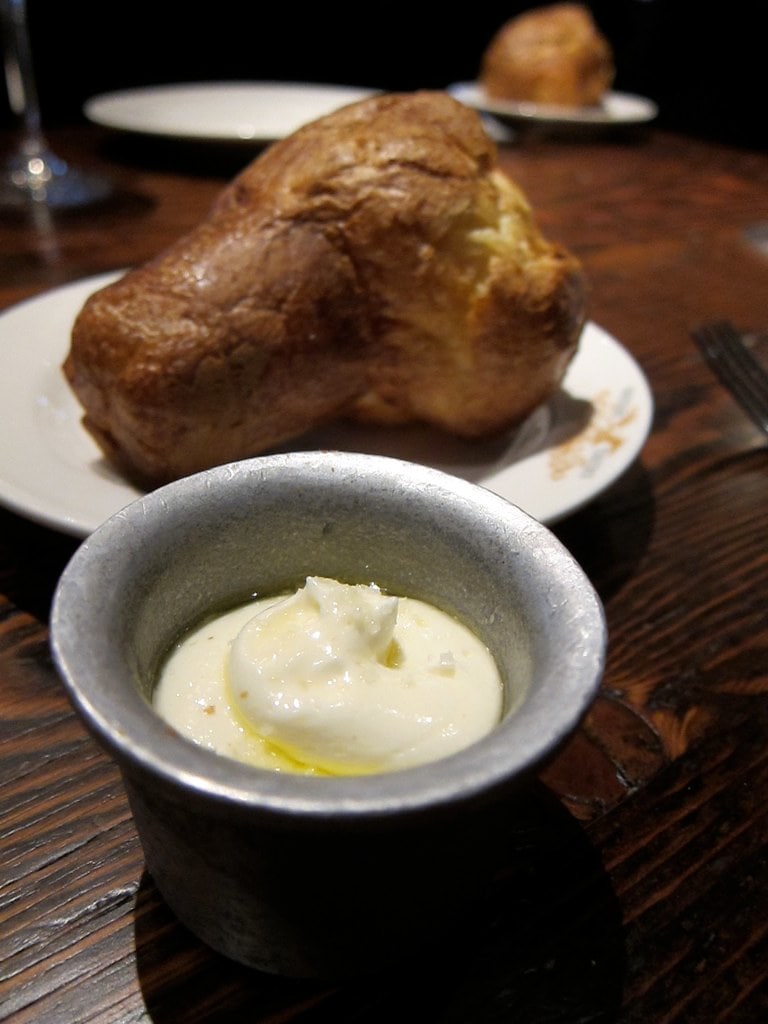
The Beloved English Pastry, Renamed & Sweetened in America.
There’s nothing like the delight of opening a popover and biting into the airy pastry. Learn the popover history which also means discovering the Yorkshire pudding origins.
What is a Popover? And How Does it Compare to the Yorkshire Pudding?
Both popovers and Yorkshire puddings are made from flour, salt, eggs, milk, and butter. A Yorkshire pudding is baked in a typical angled muffin pan that is greased with beef fat and eaten as a savory pastry with roast meats and gravy. Today, Yorkshire puddings must be at least 4 inches tall.
A popover is baked in a special popover pan that’s deeper and more cylindrical than a muffin pan. Compared to a Yorkshire pudding, it is taller in appearance. The name popover is a literal name for how the batter swells or pops over the top of the tin while baking. It is usually served with whipped butter and jam.
Yorkshire Pudding Origins
English puddings have existed for centuries, as far back as the 1300s. Puddings, unlike the sweet versions in America, are savory and baked accompaniments to a meat dish. Traditionally, all savory puddings were served as the first course with thick gravy as a way to make people full. This cut costs because they ate less of the expensive meat course.
The first written record of anything resembling a Yorkshire pudding was found in 1737 in a book, The Whole Duty of a Women in which there is a recipe for “dripping pudding”. The pudding was made from fat drippings that came from the spit-roast meat.
In 1747, a cookbook, The Art of Cookery Made Plain and Easy detailed the recipe for Yorkshire pudding. The name came from the region’s association with coal and its use of higher temperatures to produce the pudding.
Popover History
Popovers arrived in America from English settlers who took the Yorkshire pudding recipe, adapted it, and renamed the baked pudding into popover. In the 1800s, it popularized throughout New England.
The oldest known reference to popovers was found in a correspondence in 1850. Then, in 1876, the recipe was detailed in the Practical Cooking cookbook.
Today, you can enjoy popovers as a part of the breadbasket, as a sweet addition with afternoon tea, or as a savory Yorkshire pudding-like accompaniment to roast beef.
Sign up for my newsletter on the sidebar for blog updates and my travel insider tips! And, check out my vlogs on YouTube!


